Economists use that oft-vilified American fast-food export, the Big Mac, to determine purchasing power parity (PPP) between countries. That’s all well and good, but you can’t take a photograph with a Big Mac. How should the world of photography compare photographic purchasing power parity (PPPP) across the globe? Enter the Leica Q2 Monochrom.
The Big Mac Index


In spite of its dubious nutritional value, the ubiquity of the Big Mac has led to its adoption as a staple of economic analysis. For those unfamiliar with its use as a financial metric, let’s hear from an expert on the subject:
The Big Mac Index is a measure of purchasing power parity (PPP) between countries, based on the idea that the prices of similar goods should be similar across countries when measured in a common currency. The Big Mac Index uses the price of a Big Mac burger in different countries as a measure of the relative purchasing power of a currency. The index is useful to economists because it provides a simple, easily-understood way to compare the purchasing power of different currencies, and can be used as a rough measure of a country’s level of inflation. Additionally, the Big Mac Index can be used to compare the relative value of currencies, and to help identify possible over- or under-valuation of a currency.
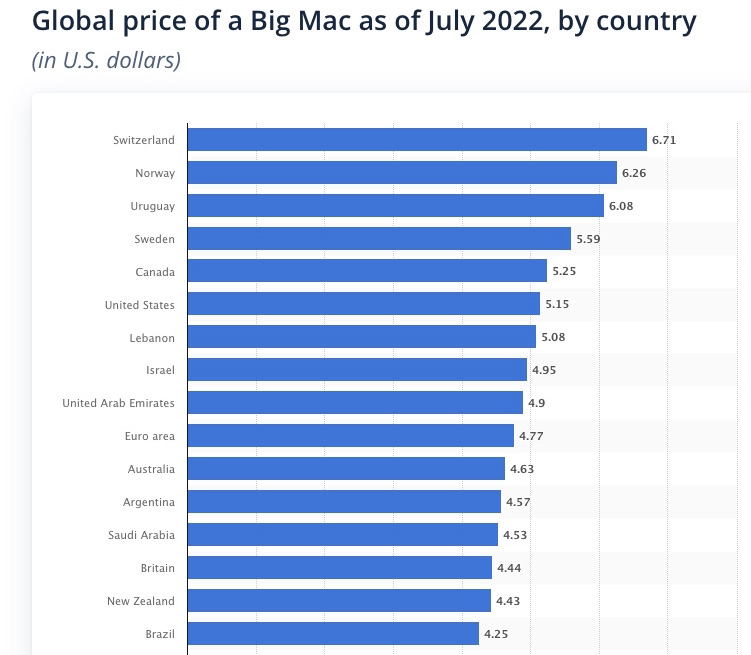
The expert providing that description was none other than ChatGPT, a publicly accessible artificial intelligence (AI) system. It is based upon the Large Language Model, GPT-3, which I mentioned briefly in a previous article discussing generative AI. I threatened to use it when writing a future article; well, here it is in action.
Despite any misgivings you might have about the role of AI in today’s society, perhaps you can agree that a machine able to conjure up this definition of a semi-obscure economics tool (albeit slightly repetitive and in need of gentle editing) is remarkable.
And slightly scary.
The Leica Q2 Monochrom: it gets my vote
Moving on from mouth-watering burgers and machine-learning bards, I would like to introduce my alternative PPP framework based on the Leica Q2 Monochrom. First, a word from an expert on the attraction of a camera dedicated exclusively to black and white photography:
One advantage of a camera with a dedicated black and white sensor is that it can capture more detailed and nuanced black and white images, since the sensor is designed specifically for this purpose. Black and white sensors often have higher resolution and a wider dynamic range than colour sensors, which can result in better overall image quality. Additionally, a dedicated black and white sensor can produce images with greater tonal range and contrast, giving photographers more control over the final look of their images. Another advantage is that using a black and white sensor can simplify the photography process, since the photographer does not have to worry about colour balance and other colour-related issues. This can allow the photographer to focus more on composition, lighting, and other factors that are important for creating compelling black and white images.

Guess what? That explanation of the benefits of dedicated sensors for black-and-white photography was also written by ChatGPT in response to a question I posed.
Are you scared yet?
Back to my proposed alternative PPP measure; let’s think of it as the Big Macfilos Index. You might consider this camera too niche an item to be considered a purchasing power parity benchmark, given its cost and inability to take colour photographs; wouldn’t a more common-or-garden-variety device be a better choice?
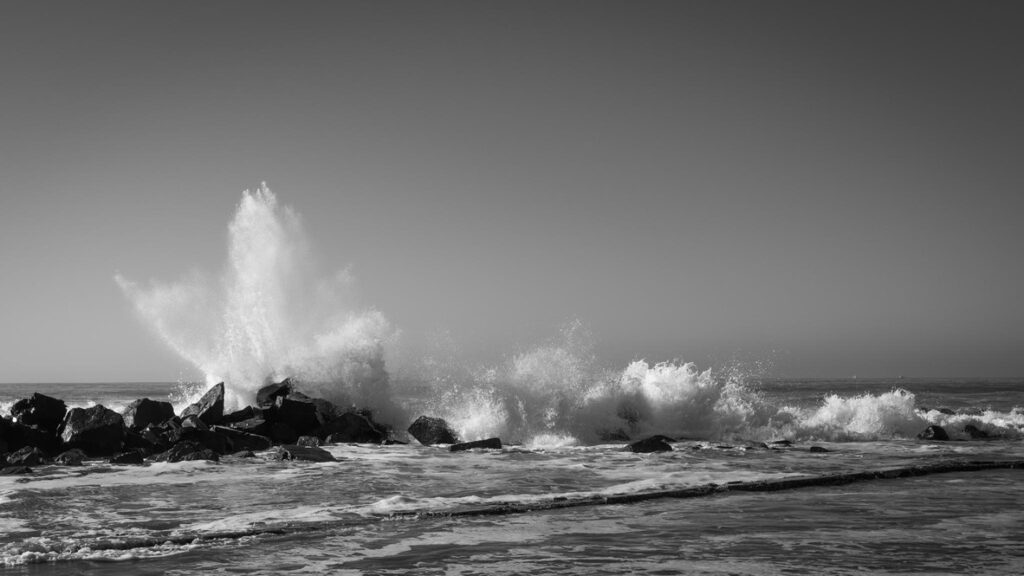
My answer? As someone recently in the market for a Leica Q2 Monochrom, I decided a comparison of its cost in a smattering of countries would prove more enlightening than the global variation in the cost of a McDonald’s menu item. Besides, this is my custom PPP index, so I get to choose which camera we use…
For those of you wondering why someone who owns and loves the Leica Q2 would consider purchasing a Leica Q2 Monochrom, it was to be a retirement gift after 40 years of cerebral graft down the sodium chloride mine: a beautiful object and a springboard to full immersion at the deep-end of black and white digital photography.
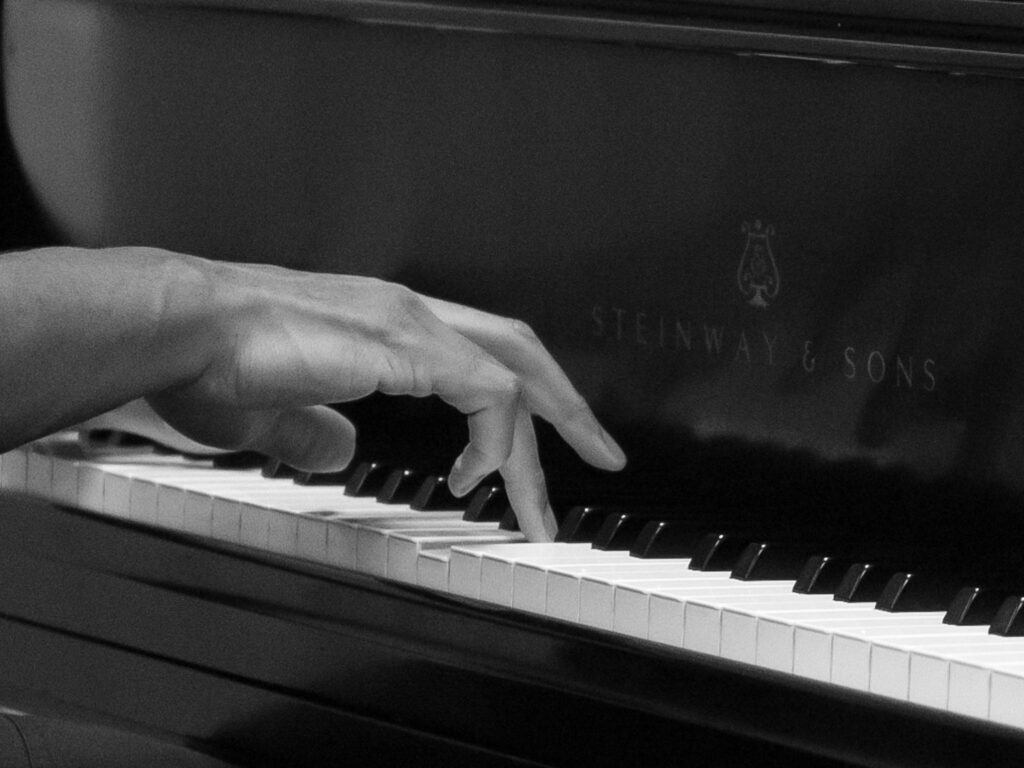
Sales tax: a tale of three cities
I purchased my Leica Q2 several years ago at the Leica Store in San Francisco, where I lived at that time. I now live in San Diego, where we have no Leica Store. The San Francisco store was naturally the first place I asked about the Monochrom model.
Readers outside the United States might not be aware that goods here are advertised at retail cost, not including state and local taxes. Those sales taxes vary considerably depending on where the item is purchased. People living in Oregon, Montana, New Hampshire, or Delaware pay 0%. In California, they pay 7.25% plus sundry county, city, and local taxes. If you purchase an item in San Francisco, by the time you include these local taxes, the overall rate is 7.75%.
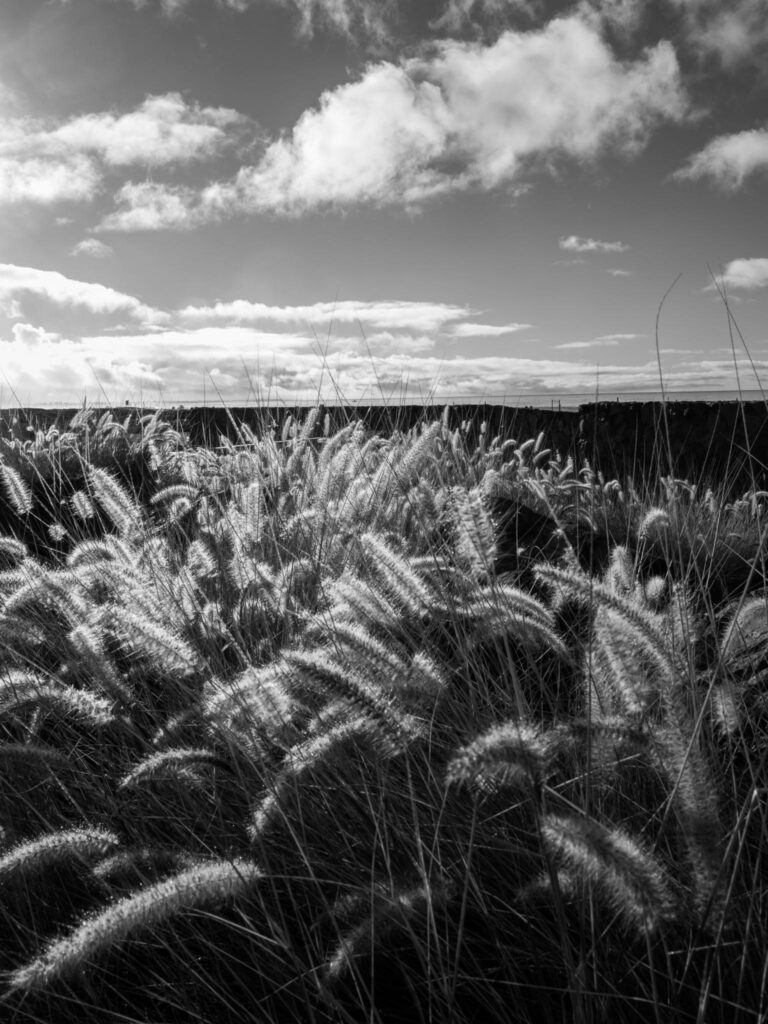
The situation is quite different in the UK and Europe, where goods are advertised inclusive of value-added tax (VAT) at 20% (in the case of the UK; the rate varies in other European countries). Purchasers not resident in the UK avoid this local sales tax and can buy goods net of VAT. Conveniently, Leica dealers in London (Leica Store, Mayfair or Red Dot Cameras) indicate prices both including and excluding VAT.
The same is true in Germany, where the Leica Store, Berlin displays prices inclusive of 19% VAT. The calculated VAT figure is displayed for information at check-out.
Pointing out the obvious, San Francisco purchases are made in US dollars (USD, $), London purchases in British pound sterling (GBP, £), and Berlin purchases in Euros (EUR, €).

The Leica Q2 Monochrom Index
The mighty greenback has surged in value compared to most of the world’s currencies during 2022. Driven by a ‘flight-to-safety’ triggered by the war in Ukraine and large interest rate hikes by a Federal Reserve struggling to rein in inflation, currency traders have piled into the US dollar. Contrast that with the fortunes of the pound. The strength of the US dollar and financial turmoil in the UK drove the currency temporarily to record lows in 2022.
Over the last twelve months, the value of sterling has slid from a high of 1.368 dollars to the pound to a low of 1.038 in September. As of writing, it is trading at 1.23.
The strength of the US dollar has also pummelled the euro. It briefly slipped below parity (0.954) at the time the pound hit its record low. It now stands at 1.051.

The key question is what this means for our (my) PPP benchmark, the Leica Q2 Monochrom.
Leica Q2 Monochrome: the numbers in black and white
The purchase price of the Leica Q2 Monochrom goes as follows:
- Leica Store San Francisco (free shipping): $6675
- Leica Store London (excluding VAT, including shipping at £118): £4313
- Leica Store Berlin (excluding VAT, including shipping at €199): €4988
Shipments from London or Berlin also incur import duties of $45
Harmonising to USD at today’s exchange rate, the costs are:
- $6675 in San Francisco
- $5307 in London
- $5288 in Berlin
Harmonising to USD at the record low exchange rates in September, the costs were:
- $6675 in San Francisco
- $4508 in London
- $4808 in Berlin
The greater purchasing power of the US economy, as demonstrated by its rating on the Leica Q2 Monochrom PPP Index, would enable US consumers to purchase this camera at savings of around $1375 (20%) in London or Berlin, provided they were comfortable with a long-distance transaction. Back in September, US consumers could have achieved a discount of $2167 (32%) if they had procured the camera from London.
That’s some serious moolah.
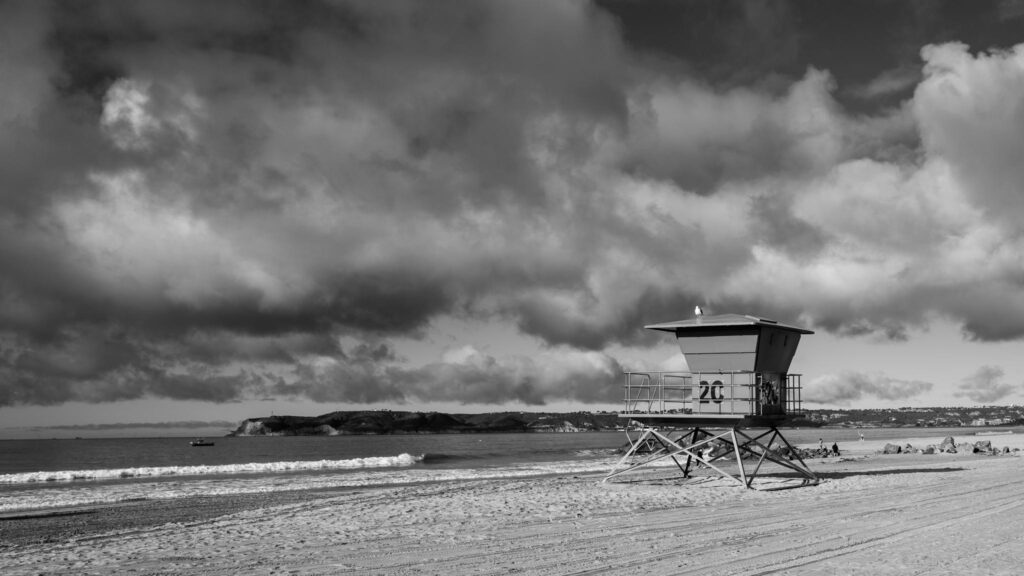
Leica Q2 Monochrom Index versus the Big Mac Index
I am resigned to the fact that my preferred purchasing power parity index is unlikely to catch on beyond a handful modest community of rabid seasoned Leica enthusiasts. However, it enabled me to save a tidy sum when I made my purchase of a Leica Q2 Monochrom from Red Dot Cameras in London at the beginning of September, at an exchange rate of $1.16 to the pound.
The photographs in this article were taken with that camera, which is superb. It has been described as the ultimate stealth camera: all black, devoid of the Leica logo and colour markings other than grey or white. It is indeed beautiful. I am still exploring its capabilities and how to make the best use of colour filters; I will report on my progress in a future article.
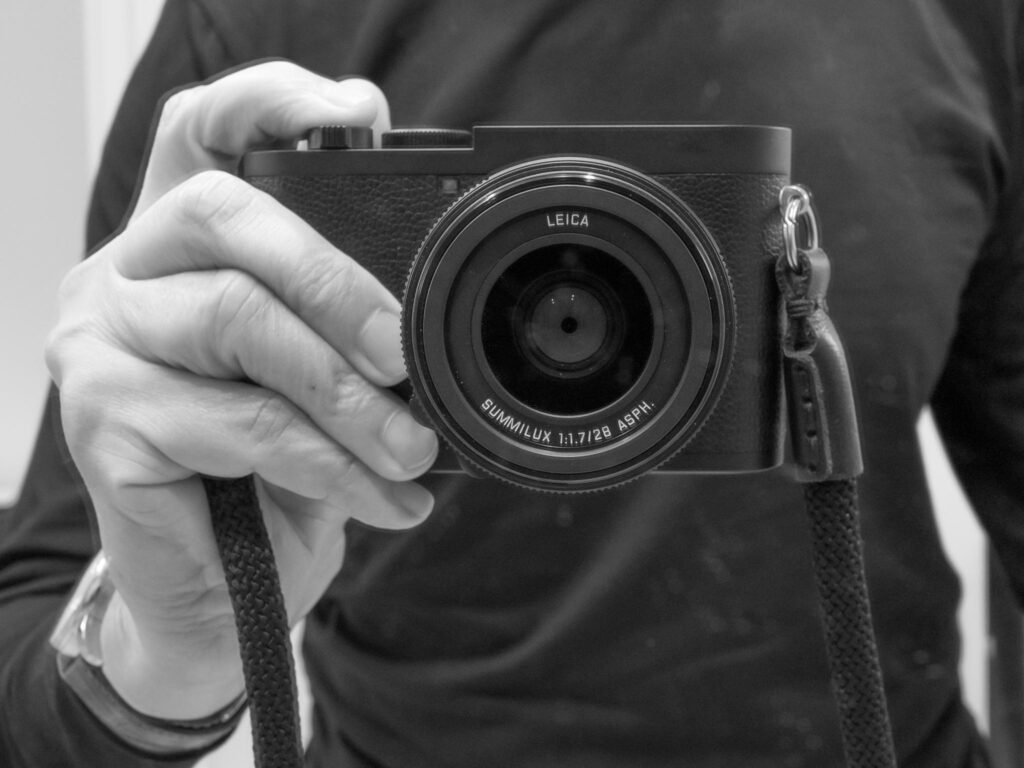
Just as I had hoped, I am undergoing and enjoying a full-immersion baptism in black and white photography, courtesy of a camera manufactured in Germany, purchased in the UK, and in action in the US.
When was the last time you ate a Big Mac? Have you ever bought photography gear from another country? Do you have any direct experience with the Leica Q2 Monochrom? Have you tried out ChatGPT yet? Are you worried about the rapid progress being made in the field of artificial intelligence? Let me know your thoughts in the comments below!
Join the Macfilos subscriber mailing list
Our thrice-a-week email service has been polished up and improved. Why not subscribe, using the button below to add yourself to the mailing list? You will never miss a Macfilos post again. Emails are sent on Mondays, Wednesdays, and Fridays at 8 pm GMT. Macfilos is a non-commercial site and your address will be used only for communications from the editorial team. We will never sell or allow third parties to use the list. Furthermore, you can unsubscribe at any time simply by clicking a button on any email.
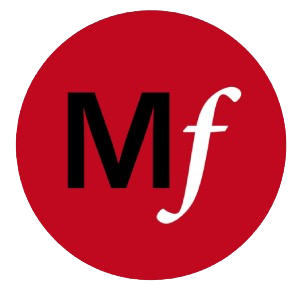
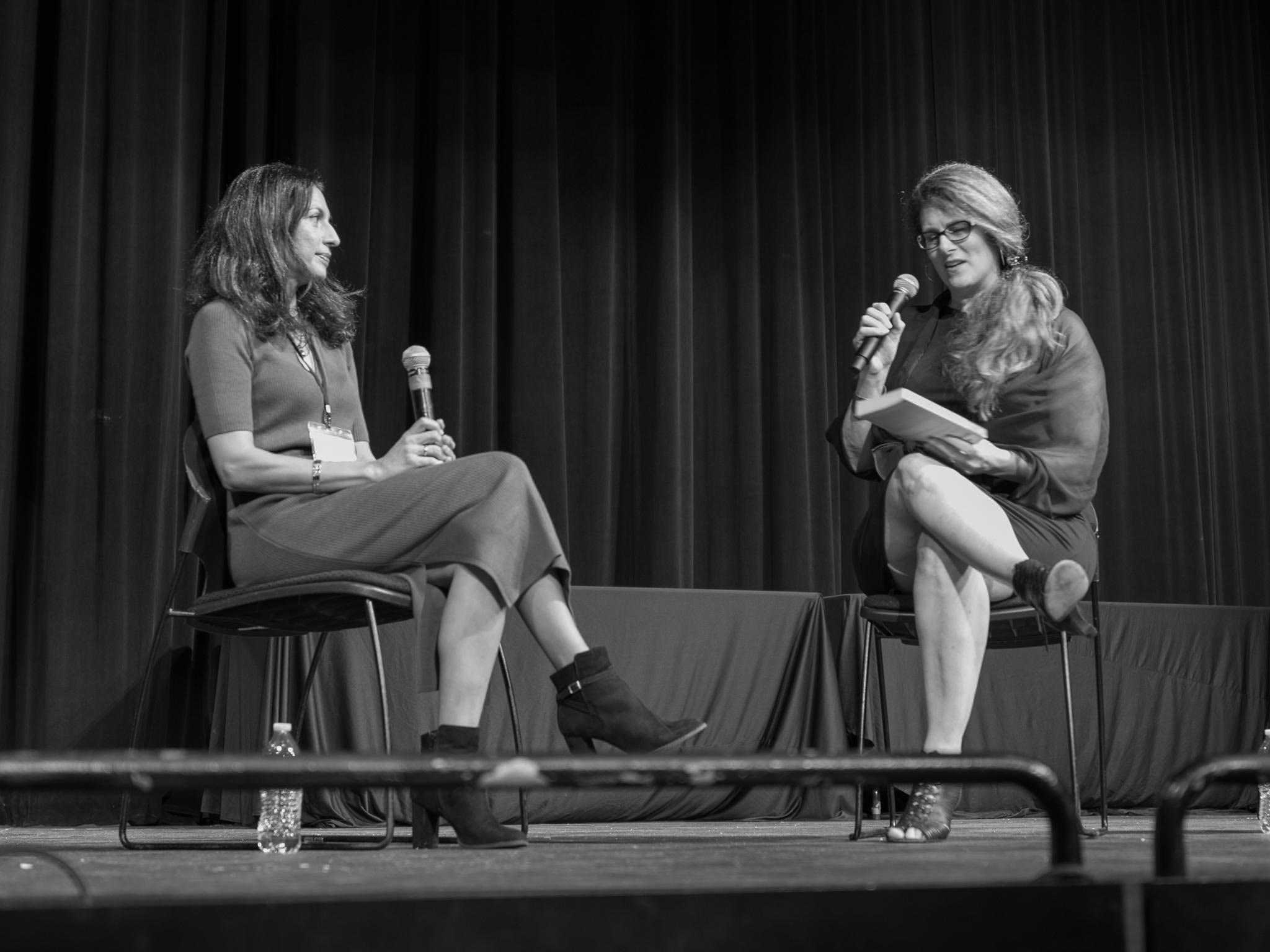
I had a big mac once in the 1970s and could not eat it and threw it in the garbage. I have not gone back.
I live in Canada and have found massive savings from a couple of Leica dealers in Hong Kong. By massive, I mean thousands.
How many hamburgers makes the price of a Q2 monochrome?
About 1,100 give or take.
I need several lives for eating that many. I don’t think the camera would resist
I was so interested in your article and the mono images you showed that I asked my iMac (not Big Mac!) which cameras other than the mono Q2 might be good for b&w work. “Art News” threw up the following suggestions (see: “The Best Digital Cameras for Taking Gallery-Ready Black-and-White Photographs”). One of the suggestions to my surprise and delight was the Sony a6000 – which I already have! Must put it through its paces and see……
About not paying any taxes in Delaware, it is no secret that both Clinton and Trump and almost 300,00 other corporations are registered at the same address in Delaware…
If there were a county in England where VAT was not levied, I’d register my corporation there in a flash! I might even move there… Sadly, things aren’t that easy. I have friends who recently sold up in DC and moved to Delaware — for a quieter life and being near the sea. And not for tax purposes, of course. But being able to buy stuff without tax is a welcome relief.
For those interested:
https://www.atlasobscura.com/places/corporation-trust-center
Leica increased its prices in the US with 10% across the board because of the Trump tax. The Trump tax is gone now but Leica never decreased its prices. Leica products are just crazy expensive right now in the US. The M11 is $9K in the US without taxes, in the UK it is £6,250 or around $7,695.
“but” ;-(
and “happen” and “…suspect. I was there…” I hate small buttons.
Hate to split hairs 😉 buy it is not “economists” who invented the Big Mac Index but The Economist in the mid-80’s and it still flourishes forty years later. ChapGT does not give full credit, merely a lift. Nor does it credit the graph which it has merely pinched without a copyright notice. You wouldn’t want that to happed to a professional photographer I suspect I was there (not in the editorial meeting) but on the dark side as an erstwhile publisher. But I like what you have done with the idea, very informative. Des.
Hi Des, thanks for clarifying that! As an Economist subscriber myself, I feel embarrassed I didn’t assign specific credit to them for the creation of this index. They certainly have a knack for devising clever metrics that click with the average member of the public – like the lettuce shelf-life analogy for the effective duration of a government… It is slightly unnerving to realize there are real journalists and publishers reading these articles. Will need to up my research game in future! Thanks for reading and commenting. Cheers, Keith
Yes, I remember reading the introductory article in the Economist at the time, which would put it as late 1987 or possible early 1988. Also means I must be older than I thought!!
Taking advantage of the fantastic exchange rate, I purchased a FOGG bag from Robt. White last October. The bag would have cost me over $ 800 here in the US, but cost me just over $ 500 by purchasing from Great Britain. Having heard that bee berman had passed, I wanted to pick up another FOGG bag just in case Nigel decides to retire.
Over the years, I have purchased many photographic items from overseas sellers with no drama aside from excessive wait times during the height of Covid.
I did see an article about Leica M cameras produced by AI, claiming that Leica M cameras and lenses were weather sealed!
Hi Bill – I am glad to hear I am not the only one tracking exchange rates and hoping to pounce. All the best, Keith
Shouldn’t you, in principle, declare purchases made outside your state (and pay taxes later)? Given your relatively low taxes, it might still be wort it.
In the EU, if you import anything from outside the Union, and even if there is no import tariff, you have to pay VAT on the declared price of the imported good, including shipping and customs clearance costs.
This means that the cost often increases by more than 30%. A good thing for the local businesses I guess 😉
Hi fiatlux – it’s a complicated situation! Some states have reciprocal agreements, where purchases made in state A but shipped to state B incur sales taxes in state A. In the absence of those arrangements, purchases made in state A but shipped to state C might well not incur sales tax. I can purchase a camera lens from a store in Florida and have it shipped to California without incurring sales tax, but that same lens purchased in New York and shipped to me in California would incur sales tax.
Import duty is charged on items originating from overseas (which I duly paid), but I believe that is a federal, not state tax. My head spins just thinking about it. Cheers, Keith